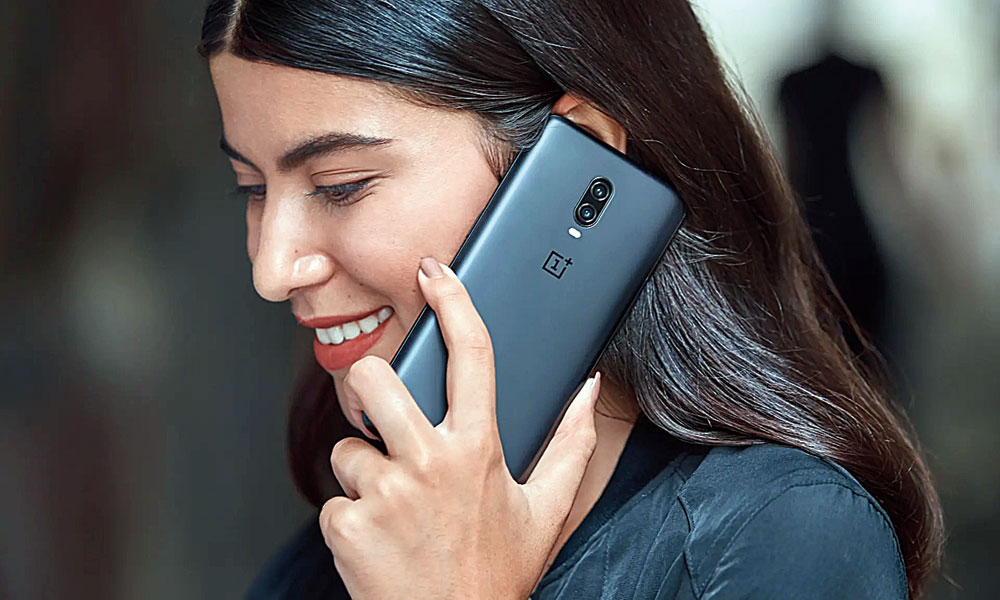Apple CEO Tim Cook didn’t mention India directly during the company’s recent earnings call with analysts but he did talk about the many factors why iPhone sales are not picking up in the emerging markets. “The relative strength of the US dollar has made our products more expensive in many parts of the world,” Cook said. Another reason behind the iPhone’s sluggish performance is the device with all the big features — OnePlus, which many now consider a sensible premium brand. According to the Counterpoint quarterly report for Q4 2018, which was released last week, OnePlus has emerged the bestselling premium smartphone brand of 2018.
The Telegraph spoke to Vikas Agarwal, OnePlus India’s general manager.
What’s the biggest takeaway from the latest Counterpoint quarterly report?
From a global perspective, we have just completed five years and from brand perspective, it’s a big validation of the belief we have in our business strategies. It takes guts to go with some of our business strategies: We are focusing only on the premium segment, launching only one product at a time. The other focus is on the Indian market where brands don’t solely target the premium segment. It has paid off. Now we have a platform to take it forward; now we have the opportunity to do more. I think we have barely scratched the market surface. India represents a huge opportunity where the penetration of the premium segment is very low. Last year the market expanded by around 10 per cent but the OnePlus brand has grown by more than 80 per cent. In a way, we are driving the industry growth.
Is the brand still growing in Tier-I cities?
The premium market is growing in terms of users we are getting from smaller cities. Our partners are growing in those markets, which is helping us improve brand awareness and sales. Still a lot of demand is coming from Bangalore, Pune, Mumbai and Hyderabad. What has changed in the last couple of years is that people have started trusting OnePlus more than before. Earlier we were a potential alternative to other brands but now people are confident with the brand and they are recommending it to others. We are largely here for our users. They have stayed with us even when we have made certain mistakes or did not do as well as we were expected to. Their contribution to the brand has grown. Now we have millions of users who have become strong advocates of the brand.
The life cycle of phones is on the rise, which means people are changing their devices fewer times. Is that a problem?
Not at all. This is something users love about the phone. I know people who are still using the original OnePlus One (2014), proving how good the product is. In India people look for the value element, getting the most out of their phones. It’s a big advantage for us and we don’t expect users to change their devices with every launch. They need to find a reason to switch over to a new device as well as find a use for the previous device. When someone gets a new OnePlus, the older device usually goes to someone else in the family. Many in the non-OnePlus TG (target group) are using our brand because members in our TG have passed their devices to them and they in turn get hooked to the phone.
You are not talking about foldable phones or devices with four or five cameras....
We want to avoid all distractions. Our founder and CEO (Pete Lau) always says it’s easy to give into the temptations of what is cool or happening in the industry. We want to grow the brand with what our users need and this is where our community helps.
This year we will see the OnePlus television. How important will be the segment?
Every year has a new milestone. This will be the year that will also be remembered for our television. It will take its time to become a driver in our product line. At the moment, we want to launch something that would be appreciated by all. Look how well the OnePlus One was received when it was launched and how the brand has evolved. It’s an expectation the TV lineup has to match. We need to set a high benchmark.











